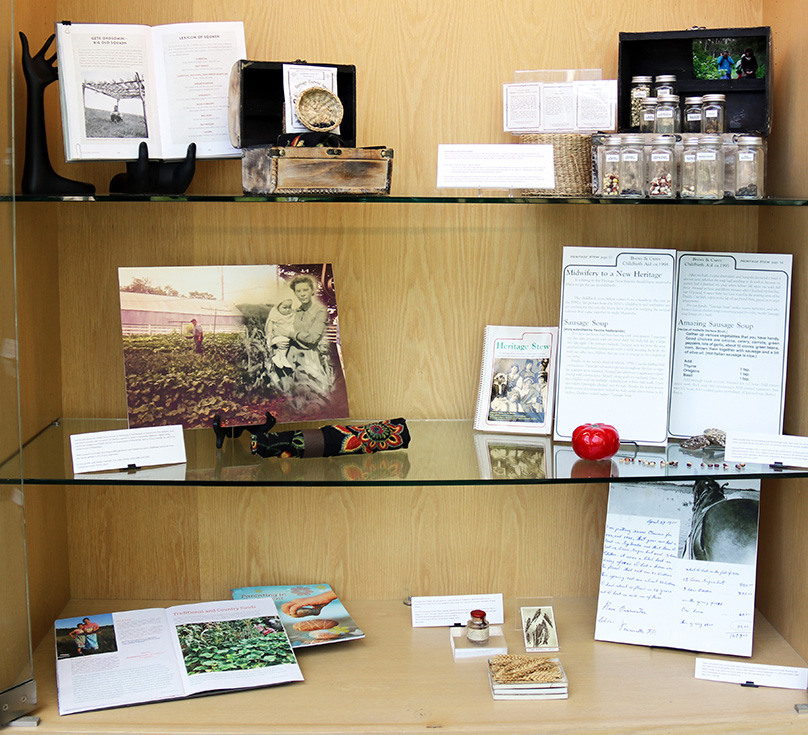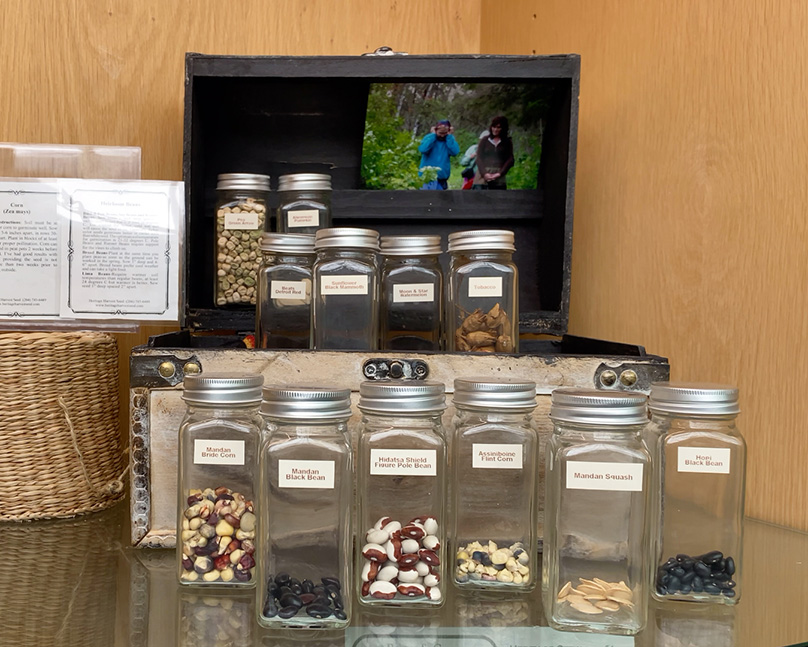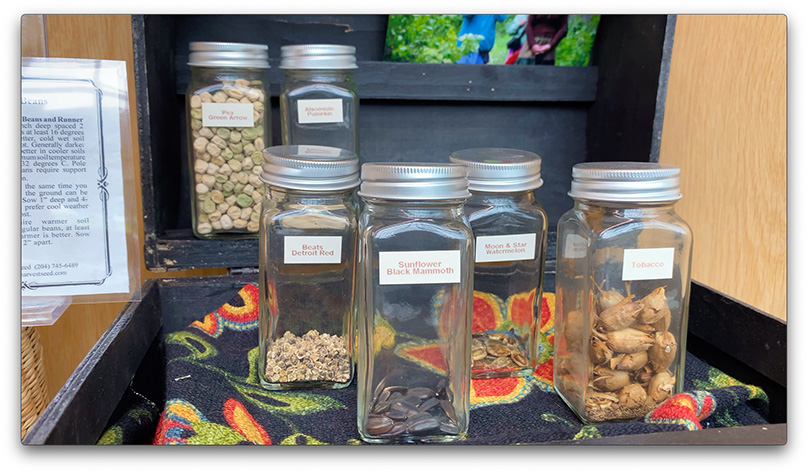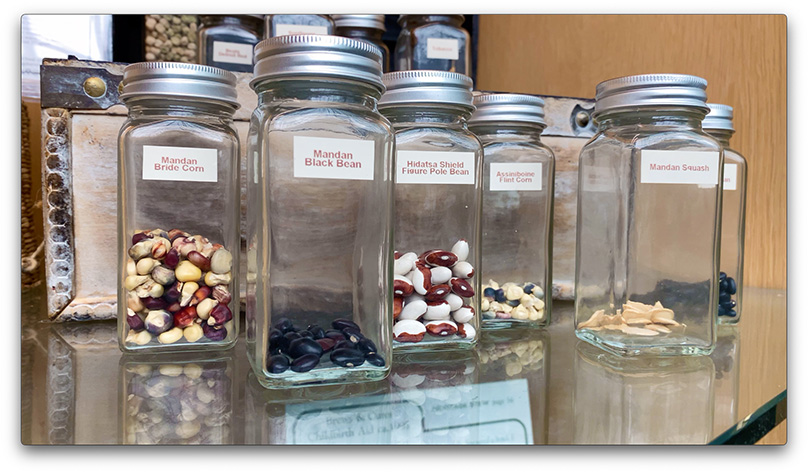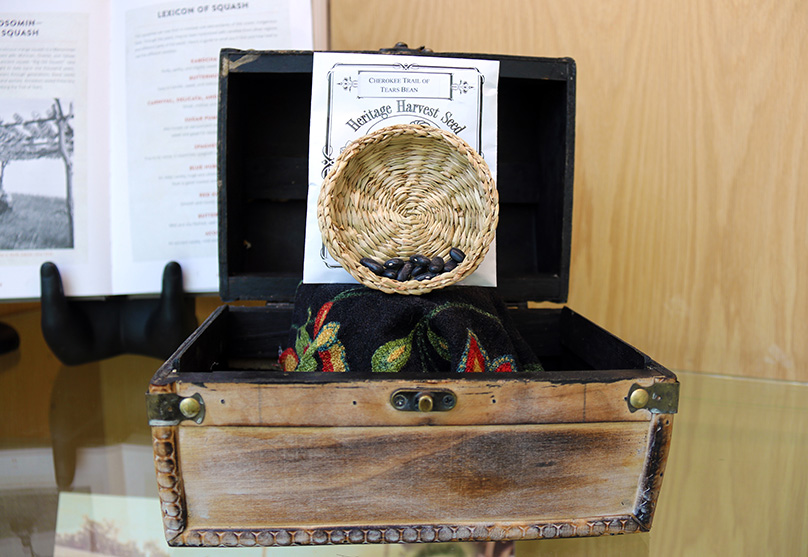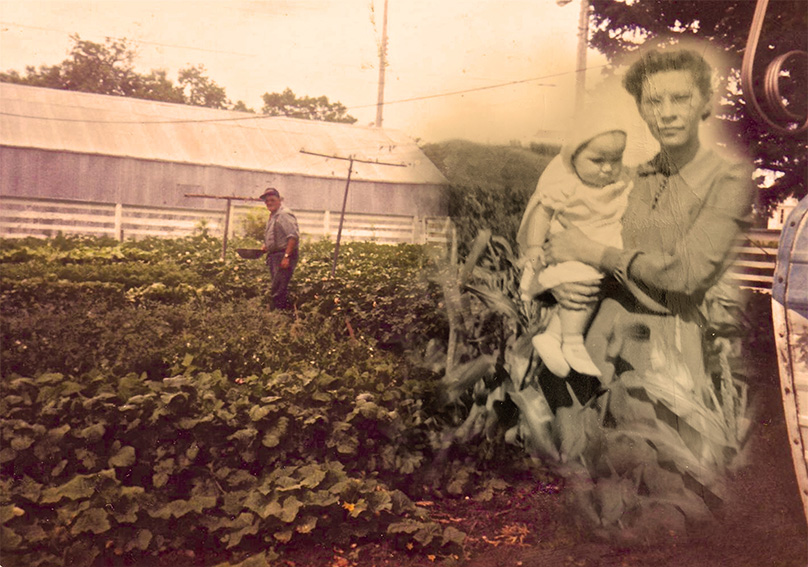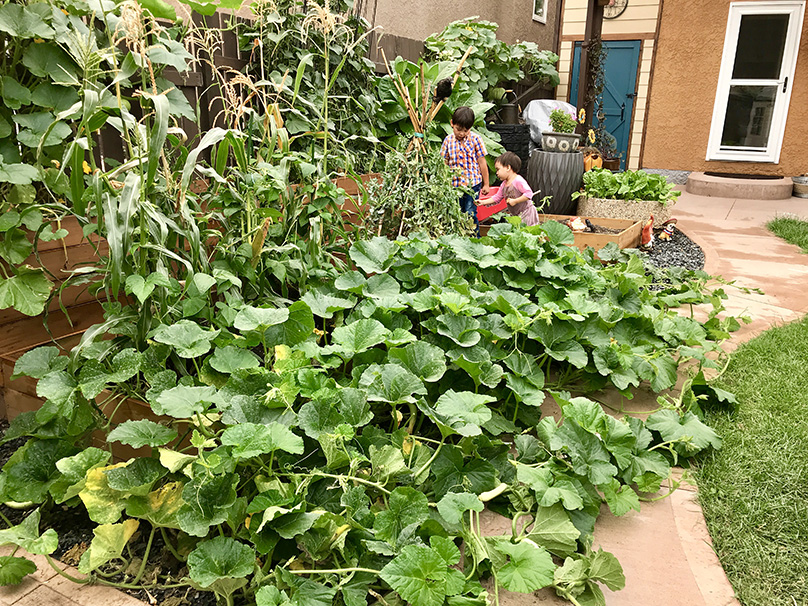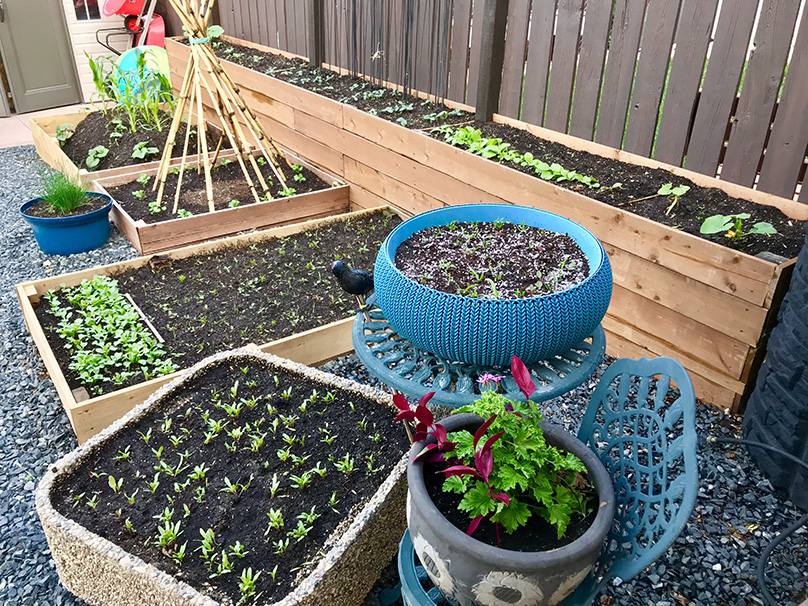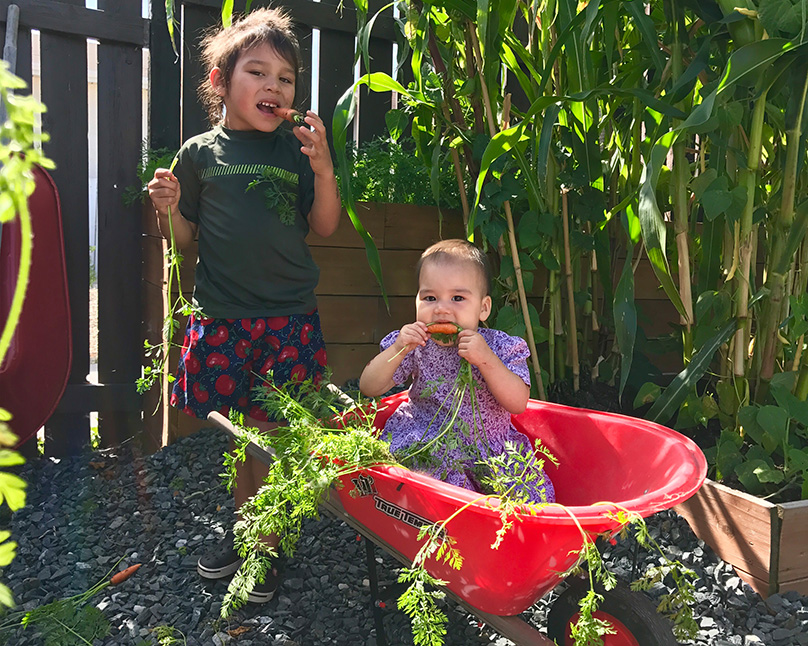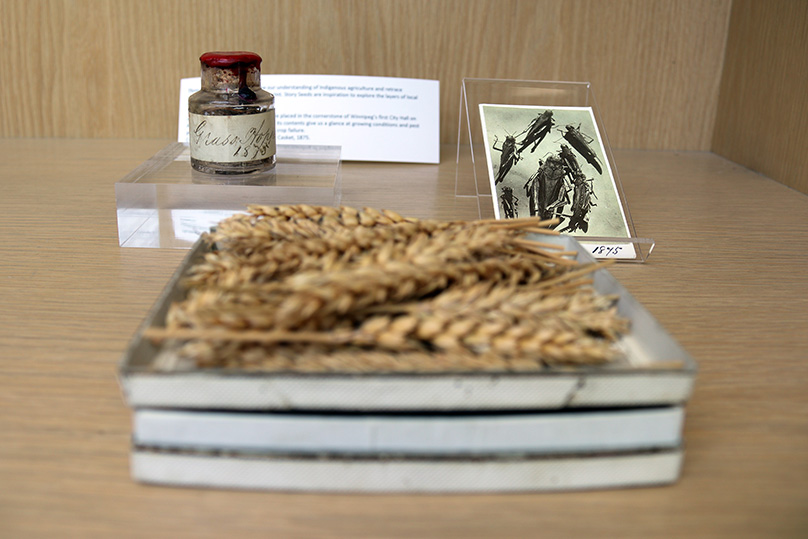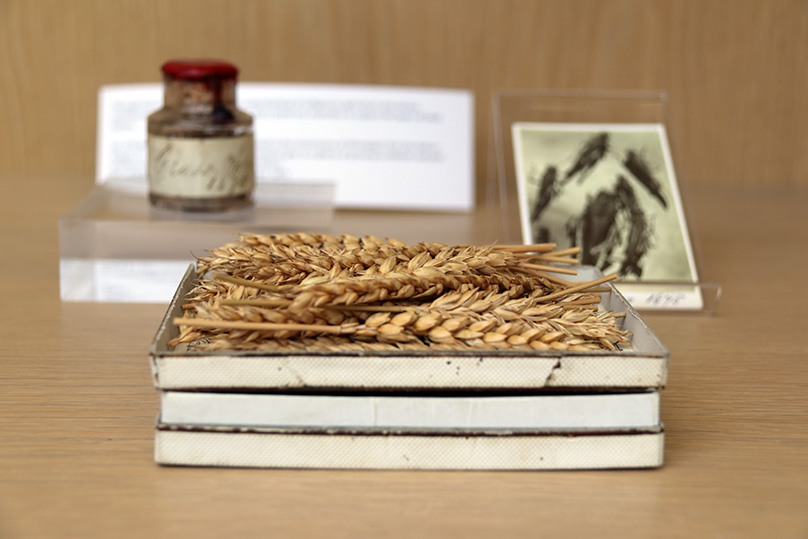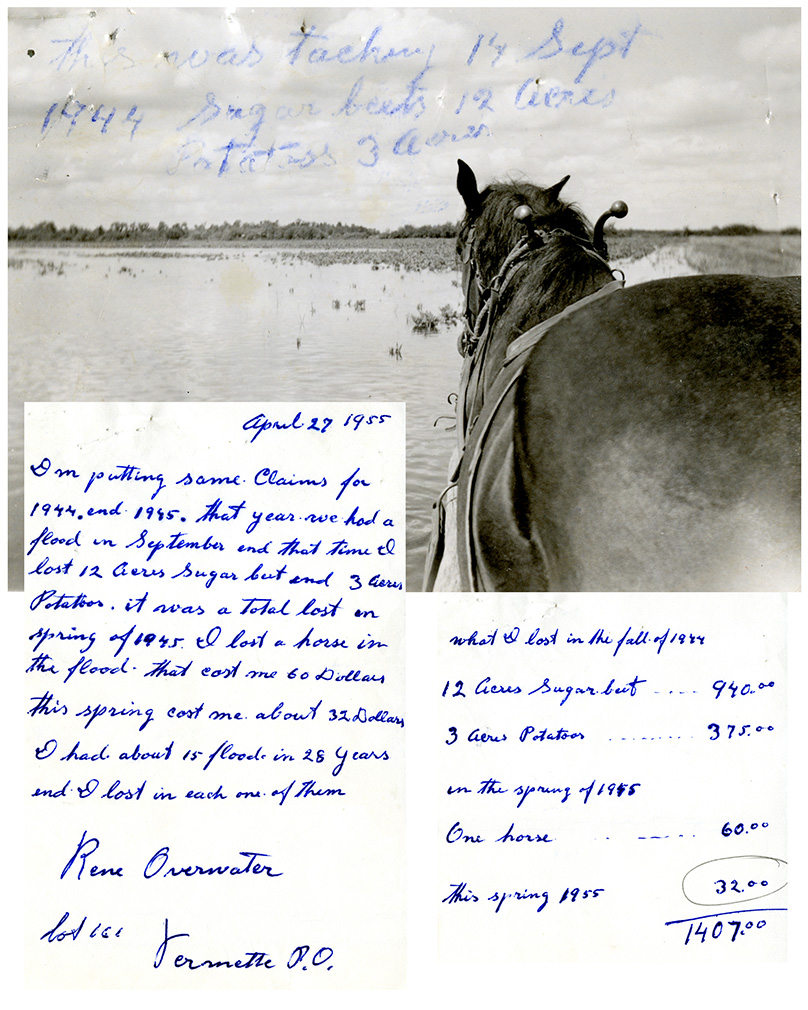Story Seeds – Part 7: Stories of growth & loss
Seed library and story seeds
Much like the books and resources at public libraries, a seed lending library gives gardeners an opportunity to borrow seeds for planting. They also allow gardeners to share knowledge that supports growth, and to contribute seed savings from their harvest.
A handful of seeds is like a collection that tells a story!
Cherokee Trail of Tears – bean seeds
This bean seed was originally grown by the Cherokee Nation and was carried over the Trail of Tears from October 1838 in the Smoky Mountains to March 26, 1839 in Oklahoma. Over 4,000 Cherokee people died in this forced winter march.
These beans are threaded to a dark history, but in the hands of community members and relations they represent generational perspectives and are a source of resilience.
Read The Sioux Chef’s Indigenous Kitchen by Sean Sherman to learn how seeds have been saved and shared. Inspired by the book, this blog about squashes speaks to seed survival.
“Gete-Okosomin” and “Ancient Squash Seeds” are two local stories about sharing the gift of squash seeds.
What storywork emerges with consideration to the other varieties in the seed library?
Storying traditions
We can turn in – and turn towards home – to nurture Story Seeds within our own family and community narratives. It may be a tremendous source of cultural pride!
Métis people are known as being prolific gardeners and I have warm, childhood memories from the family garden in St. Lazare, Manitoba. They loved sharing; no one ever went hungry!
Being hands-on and learning through observation are qualities I share with my own children. Gardening allows me to participate in the intergenerational transfer of knowledge.
Feeding my spirit
Weaving ancestral storywork with contemporary and historical issues feeds my spirit and inspires me as a caregiver. Our story seeds are embedded in our family culture, and we love getting our hands dirty!
At my home in Winnipeg, we grew a Three Sisters Garden for the first time. Our garden provided nourishment during significant life stages involving pregnancy, birth, and breastfeeding. The garden was also a source for food security when navigating peanut and dairy allergies with two of my children.
The food we grew gave us healthy options and protected the kids from trace and cross contamination. Food allergies can be an overwhelming experience for parents and kids, and this knowledge empowered us as a family.
Read Nutrition and Food Security + Traditional and Country Foods to hear more about the roots of health and wellness!
Essential ingredients
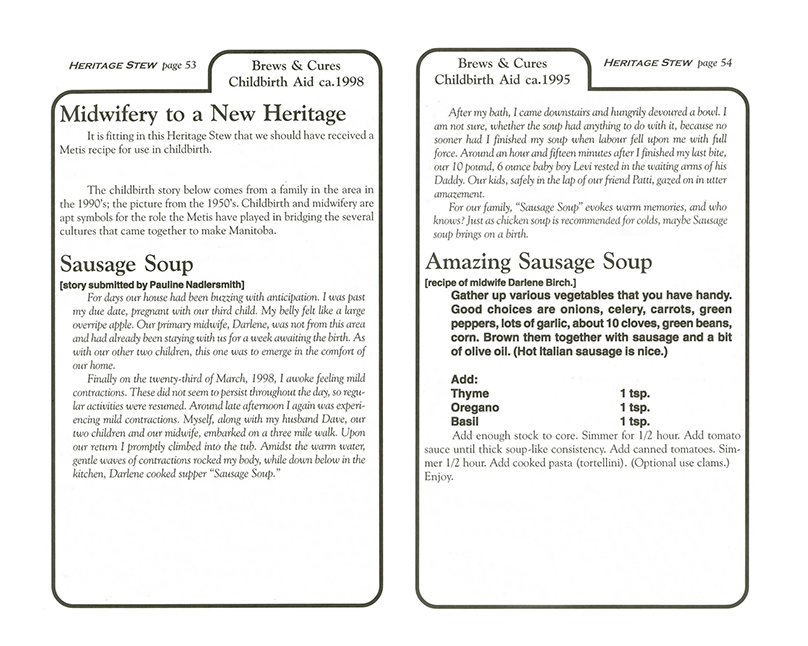
This work centers Indigenous Women as knowledge keepers. It celebrates life experiences that support this wisdom.
Consider Storytelling and the Heritage Stew card. What do the narratives share with Earth Mother traditions? What are some of the Indigenous food items?
Plant disease and crop failure
Story Seeds grows our collective understanding of Indigenous crop cultivation and plant traditions. It’s inspiration to explore the layers of locally grounded agriculture.
This jar of grasshoppers and box of wheat sheaves is from a time capsule placed in the cornerstone of Winnipeg’s first City Hall on August 17, 1875.
The time capsule and its contents give us a glimpse at growing conditions and pest problems that led to plant disease and crop failure.
Flooding and crop failure
This letter and photo from local farmer Rene Overwater document his experiences with flooding and loss. It was sent to the Municipality of St. Vital in 1955.
The photo shows sugar beets, potato crop, and a horse at his farm on lot 161, Vermette, St. Vital, and is dated September 17, 1944.
